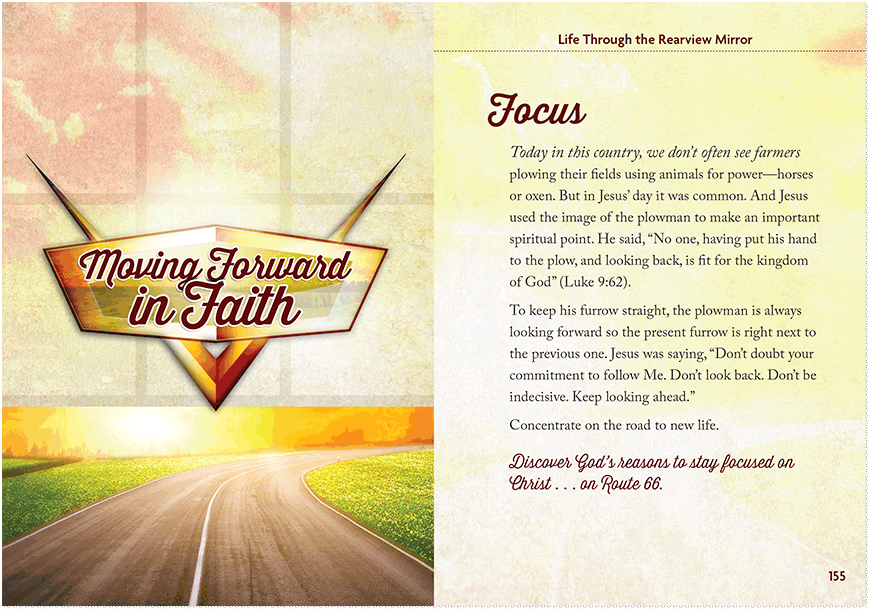The traditional sleigh that we see in those romantic Christmas illustrations, the sleigh that goes “over the river and through the woods,” had a serious drawback. When the horses pulling the sleigh went through a mud
puddle, the holiday trip to Grandmother’s house suddenly turned ugly. The mud dashed up from the horses’ hooves and covered the occupants of the sleigh. We never see that in the Christmas illustrations, of course,
but it was true. And that led to the “dashboard”—a sheet of wood or leather affixed to the front edge of the sleigh to deflect the mud and gravel “dashed up” by the horses.
The first automobiles were little more than a sleigh on wheels—an open-air cockpit without roof or windshield—so the notion of a dashboard fit right in. But the auto dashboard quickly gained a new purpose. It became
the front panel of the car’s cockpit, through which the steering wheel shaft descended. But by the mid-1930s, when cars were enclosed with a roof, windows, and windshield, the dashboard took on its current role—to
hold various and sundry instruments that provide the driver with pertinent information about the car’s operation. While the aesthetics of the dashboard have changed over time, its purpose remains the same: to be the interface
between man and machine.
And what an interface it is! Thanks to onboard computers and visual and audio displays, a dizzying array of feedback is provided via our car’s dashboard. Seat belt and door-lock reminders blink and beep as soon as we insert
the key. Before we begin we can set our destination on the GPS, establish a hands-free link to our smartphone, set the in-cabin temperature and fan speed, and turn on our choice of music or talk from a variety of sources. But
the heart of the dashboard is its feedback. We can discover the status of our car’s oil pressure, water temperature, total miles, miles on this trip, average and current miles per hour and miles per gallon, miles and
minutes to our destination, miles until our next service appointment, gas in our tank, air pressure in our tires, and estimated tire wear. We can also see our speed and the engine’s rpm’s (revolutions per minute),
turn signal and high beam indicators, a video image of what’s behind us, and the time of day. And don’t forget the infamous “Check Engine” light that everyone ignores!
I’m sure Henry Ford, the father of the American automobile, would be stunned by the amount of feedback provided via the modern car’s dashboard. But the dashboard’s feedback is not just for show. It has a purpose—to
make us safer and more efficient drivers. In that spirit, this month’s issue of Turning Points has a similar goal—to be a dashboard for our spiritual life.
What’s our spiritual temperature? Are we traveling with adequate amounts of spiritual fuel? How are we handling the pressures of the road? What gear are we in? What safety measures do we have in place? How far have we come
on our journey? How do we know we’re traveling in the right direction? How often are we checking our owner’s manual to stay current on safety and efficiency?
Truth be told, some of us may pay more attention to our car’s dashboard indicators than we do to our own spiritual indicators. We may be more attuned to the noises and peculiarities of our car than we are to our own spiritual
status. After all, for most of us, our automobile is a daily necessity. It gets us to work, it gets our children to and from school and to their various activities, it gets us to the grocery store and other destinations. Even
if our car breaks down temporarily, we get a loaner from the dealership or rent a replacement. And besides, our cars represent a significant financial investment—we’re right to monitor their health and keep them
in top condition.
If we are that careful about our cars, if we are that attuned to their mechanical health, how much more attuned should we be to the indicators of our spiritual health? Nothing is more important than our spiritual status!
In the following pages we’ll take a tour of the Christian’s spiritual dashboard. Our journey is too important not to be running at peak performance!




